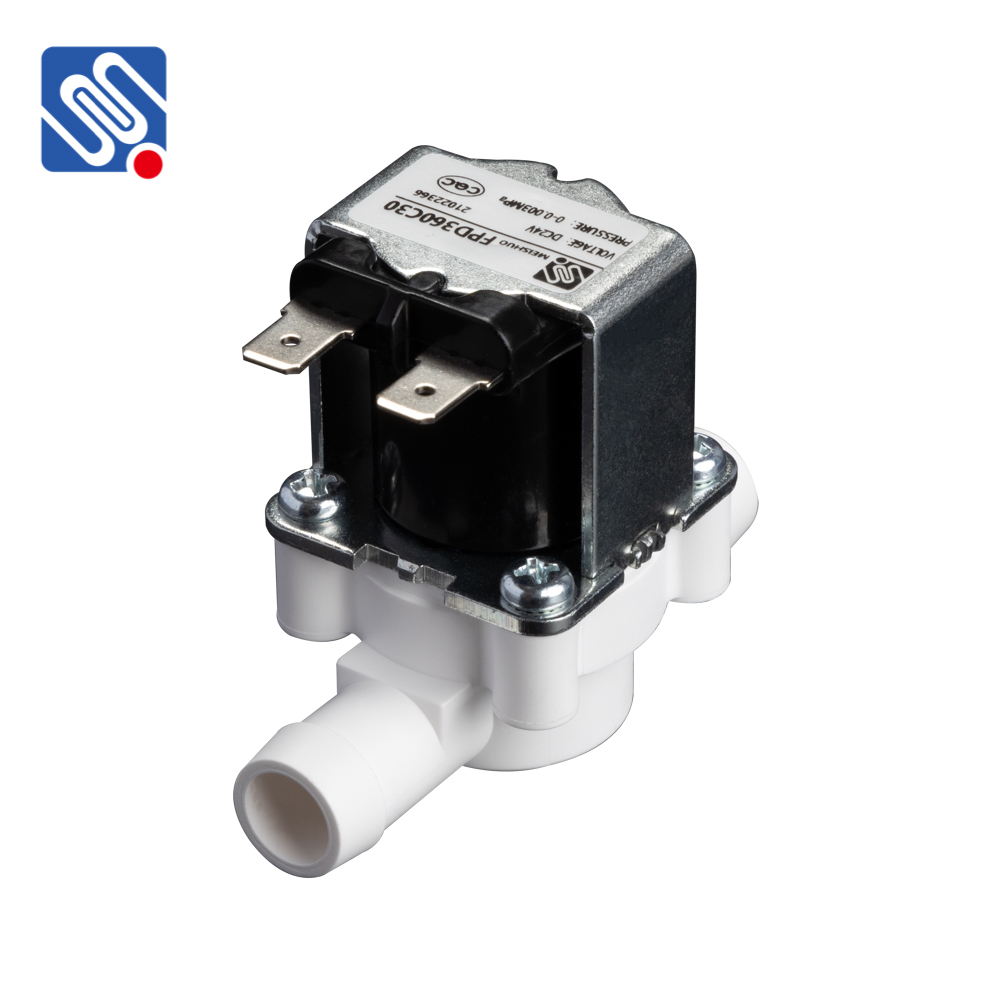A Low Voltage Solenoid Valve is a type of electromechanical valve that is widely used in industrial, automation, and residential systems. The key feature of these valves is their ability to operate at low voltage levels, typically ranging from 12V to 24V DC. These valves are designed to control the flow of fluids or gases, making them essential in a variety of applications including irrigation, HVAC systems, and industrial automation. In this article, we will explore the working principle of low voltage solenoid valves, their applications, and the advantages they offer in different industries.

What is a Low Voltage Solenoid Valve? At its core, a solenoid valve is a device that uses an electric current to generate a magnetic field that moves a plunger or armature inside the valve. This movement controls the opening and closing of the valve, thereby regulating the flow of fluids or gases in a system. The main distinction of a low voltage solenoid valve is its operation at lower electrical voltages, typically below 24V, which makes it safer and more energy-efficient for a wide range of applications. Low voltage solenoid valves are commonly used for tasks such as controlling water flow in irrigation systems, managing air flow in pneumatic circuits, and regulating refrigerant flow in HVAC systems. The solenoid coil in the valve is energized by a low voltage signal, which, in turn, activates the plunger to either open or close the valve’s flow path.